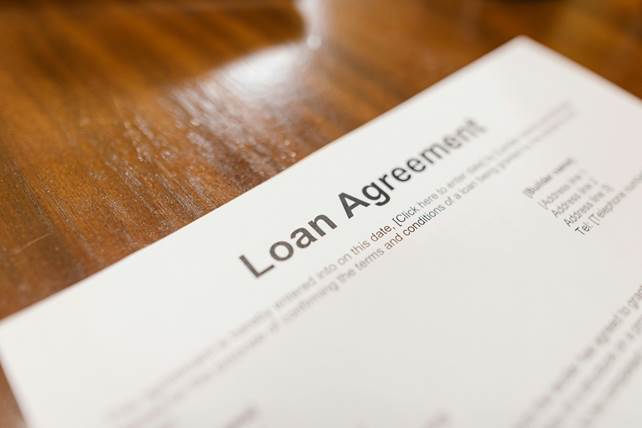Despite the relief of no VAT increase and an inflation rate below the Reserve Bank’s target range, many South African consumers will still rely on credit to get through the month.
Unfortunately, the South African Reserve Bank (SARB) expects inflation to tick up to an average of 3.6% in 2025 and continue rising to 4.5% in 2026. This, combined with global uncertainty, means the central bank is unlikely to make any further rate cuts.
“Add increased electricity costs, tax bracket creep and ever-increasing service delivery costs to the mix of diminishing spending power and it is understandable why so many consumers will continue to depend on credit,” says National Debt Counsellors’ Association chairman, Benay Sager.
In this context, he says it’s important for consumers to understand how much interest they’re paying on credit-related products such as personal loans and credit cards. More importantly, to compare this to the maximum allowable interest rate to make sure they are being charged fairly.
Unlike other countries, in South Africa, the maximum allowable interest rate is regulated by the National Credit Act, and the maximum allowable interest rate depends on the type of credit agreement and the date the credit agreement was signed.
For South Africans, two most important types of credit agreements are personal loans and credit cards. The table below indicates the maximum interest rates allowable for each and how these have varied since January 2014.
There was a significant change in November 2015 when the regulatory calculations for maximum interest rates were changed. This change lowered maximum allowable interest rates and generally has been positive for consumers. Since both personal loan and credit card maximum allowable interest rates depend on SARB’s repo rate, they both benefited from rate cuts during COVID.
Conversely, since 2022, the repo rate has steadily risen, resulting in corresponding maximum allowable interest rates for both personal loans and credit cards.
In 2024, the average personal loan was just over R30 000. Assuming the loan term – the time a consumer has to repay the loan – is one year at a rate of 28.5%, they would pay R8 550 in interest. In South Africa loan terms can range from three to 84 months.
Similarly, average credit card balances are R24 000 a month, attracting approximately R430 in interest per month, depending on how the credit card provider calculates the interest and assuming the consumer pays off the full balance. This amounts to R5 160 in interest per annum.
“These are illustrative calculations, but indicate that the amount of interest you pay for these forms of credit is significant. It is why it’s important to compare interest rates before signing a credit agreement, and be aware of the maximum allowable interest rates. Although there’s a global trend towards this, many people still accept the first approved loan without considering they may be able to get a better deal,” says Sager.
He says consumers who are unsure whether they’re paying too much interest or what the maximum rate is should check with an NDCA member. A list of members and their contact details can be found via www.ndca.org.za/
Members can also help people who are struggling to repay debt.
“Renegotiating interest rates on debt is one of the most powerful tools in a debt counsellor’s arsenal,” explains Sager. “Under debt counselling, rates for unsecured debt can be reduced to near zero percent if needed. This allows consumers to pay back expensive debt faster.”
Interest on vehicle debt and balloon payments can also be renegotiated and the period extended.






























